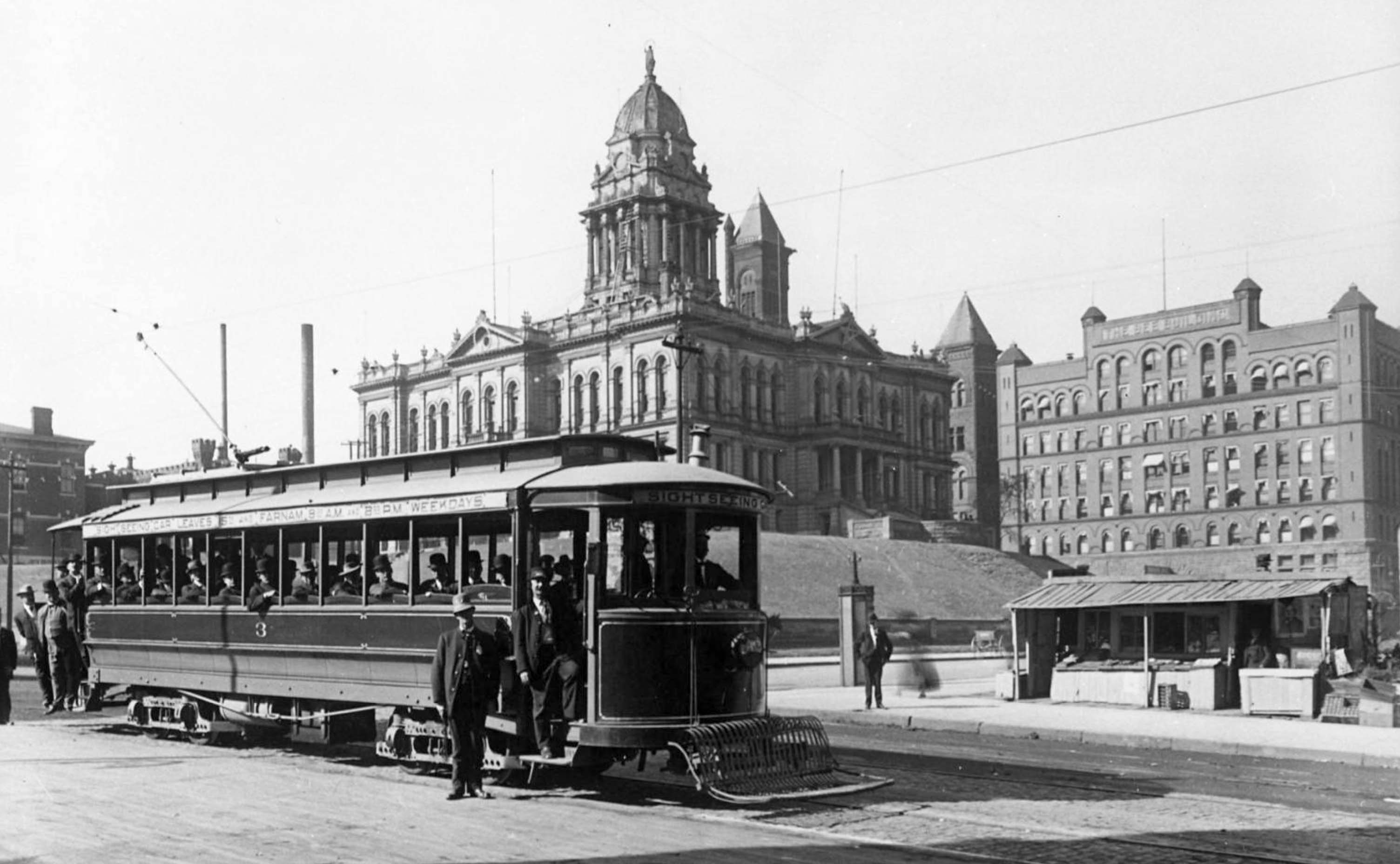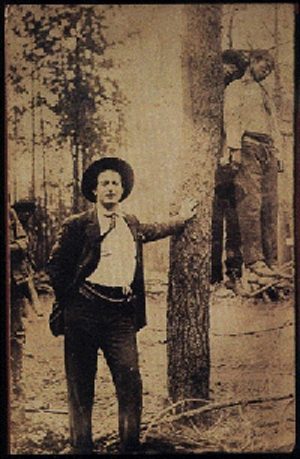28 years before a white mob lynched Will Brown who was falsely accused of raping a white girl in Omaha, the town earned its infamy with the lynching of another African American.
George Smith, also known as Joe Coe, was a family man with a wife and two children. He lived on North 12th Street north of downtown Omaha.
Smith was a laborer as well as a waiter at the Murray Hotel. Reports say that on “September 7, 1891, there was a dance for African Americans held near Courtland Beach in the present-day city of Carter Lake. At the dance, a girl named Dot Gannley, also referred to as Dollie Gunn, said George Smith had assaulted her. He escaped before he could be lynched there, but was arrested the next morning in Omaha. Smith was released from custody though.”

Within two weeks of being released, on October 8, 1891, Smith was arrested again and held at the city jail on $2,000 bail. This time, he was accused of raping a 5-year-old girl named Lizzie Yeates who lived at 1712 North 18th Street.
While Smith was being maligned for the crime, Sheriff John Boyd and City Prosecutor J. J. Mahoney were distracted with another case.
The Omaha Bee, run by a white supremacist group, stoked the racial fire when it reported that the child had died from the attack, provoking white people to form a mob in the Near North Side neighborhood.
Despite Governor James Boyd and Judge George Doane having the power to call for the mob to be dealt with force to stop its advance, they tried speaking to them but none of the crowd backed off.
“Instead, they thronged, and by 10 pm, there were 10,000 people in the hoard. The Omaha Fire Department arrived to hose the crowd, but their hoses were quickly cut,” according to North Omaha History.

The mob besieged the jail where Smith was and put him into an “impregnable steel cage”. The mob brutally beat him, tying a rope around his neck and dragged him in the streets before finally hanging him from a streetcar cable that ran along 17th and Harney Streets.

When Lizzie Yeates’ father D. O. Yeates was asked by a reporter if Smith had attacked her daughter, he said “Men, I am not sure. My little girl is alive and doing well. Let the law take its course and I will be satisfied.”
Despite this, Smith was lynched on October 10, 1891, in Omaha, Nebraska as twelve city police officers stood by without intervening, overwhelmed by a mob of at least one thousand at the Douglas County Courthouse.
Despite his own failure and that of the establishment to protect Smith, Omaha mayor Richard C. Cushing called the lynching “the most deplorable thing that has ever happened in the history of the country.”
With another Black life snuffed needlessly, the newspapers now announced that reports of the death of Lizzy Yeates had been exaggerated and that the girl lived. Years later, she would confess she’d never been raped at all.
Smith’s suffered sixteen wounds to his body and three vertebrae broken in his spine yet the coroner who examined him claimed he died from fright but not his wounds.
Prosecutor Mahoney filed charges against several of the mob leaders, but all of them were dismissed. Nobody was ever tried or convicted of the lynching of Smith.

In 1895, the Nebraska State Legislature carried a vote condemning the lynching, pushed by North Omaha’s Representative Dr. Matthew Ricketts.
In essence, Smith was wrongly accused and yet no one was ever brought to trial for any of the crimes committed in connection with the lynching.
Smith’s body was taken to Heafey and Heafey Mortuary and then buried at Laurel Hill Cemetery. Smith’s death remains a foul stain underlying Omaha’s murderous intent towards its black citizens.










